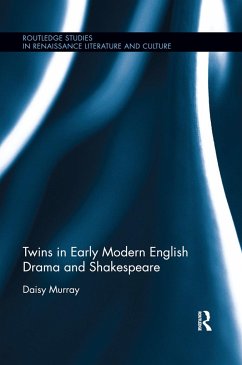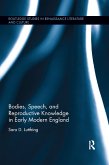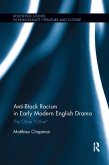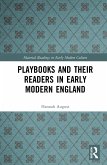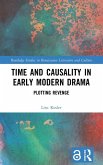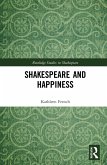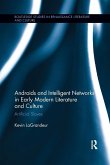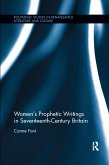This volume investigates the early modern understanding of twinship through new readings of plays, informed by discussions of twins appearing in such literature as anatomy tracts, midwifery manuals, monstrous birth broadsides, and chapbooks. The book contextualizes such dramatic representations of twinship, investigating contemporary discussions about twins in medical and popular literature and how such dialogues resonate with the twin characters appearing on the early modern stage. Garofalo demonstrates that, in this period, twin births were viewed as biologically aberrant and, because of this classification, authors frequently attempt to explain the phenomenon in ways which call into question the moral and constitutional standing of both the parents and the twins themselves. In line with current critical studies on pregnancy and the female body, discussions of twin births reveal a distrust of the mother and the processes surrounding twin conception; however, a correspondingsuspicion of twins also emerges, which monstrous birth pamphlets exemplify. This book analyzes the representation of twins in early modern drama in light of this information, moving from tragedies through to comedies. This progression demonstrates how the dramatic potential inherent in the early modern understanding of twinship is capitalized on by playwrights, as negative ideas about twins can be seen transitioning into tragic and tragicomic depictions of twinship. However, by building toward a positive, comic representation of twins, the work additionally suggests an alternate interpretation of twinship in this period, which appreciates and celebrates twins because of their difference. The volume will be of interest to those studying Shakespeare and Renaissance Literature in relation to the History of Emotions, the Body, and the Medical Humanities.
"As a new work on an often-discussed but rarely properly studied facet of early modern drama, Murray's text is valuable, but where it shines is in its considera-tion of non-dramatic representation and culture. This book is undeniably within the realm of theatre and theatre history, but it is also a work of social and cultural history around ideas of conception, childbirth, science, and gender. As a resource for scholars thinking about drama, genre, families, twins, science, non-dramatic literary culture, or any one of a number of other specific subtopics, this text is a fresh, insightful volume that will surely open up new avenues of inquiry for its readers."
- Jess Hamlet, University of Alabama, Early Theatre
- Jess Hamlet, University of Alabama, Early Theatre

